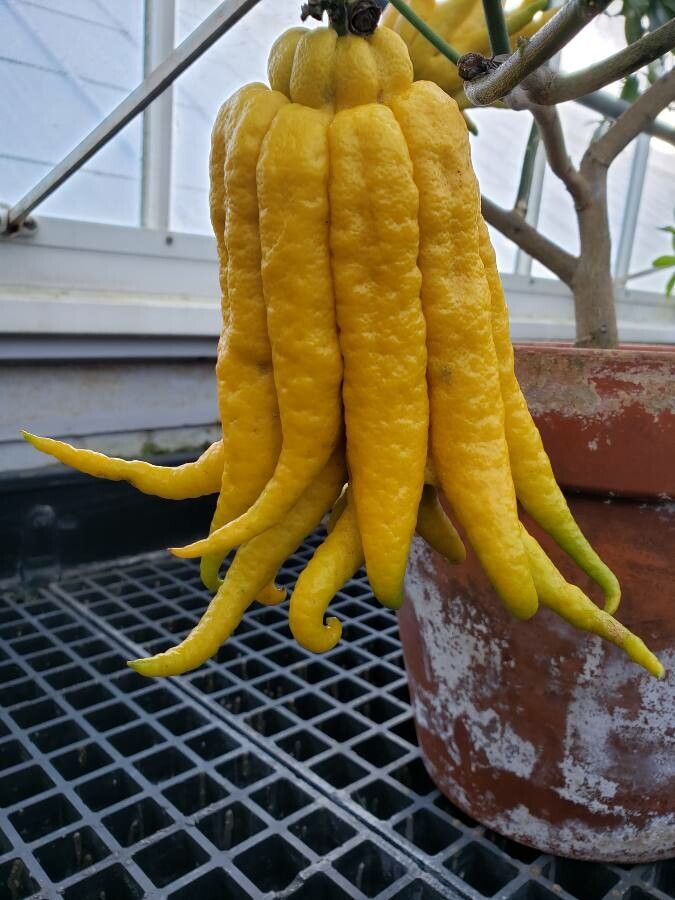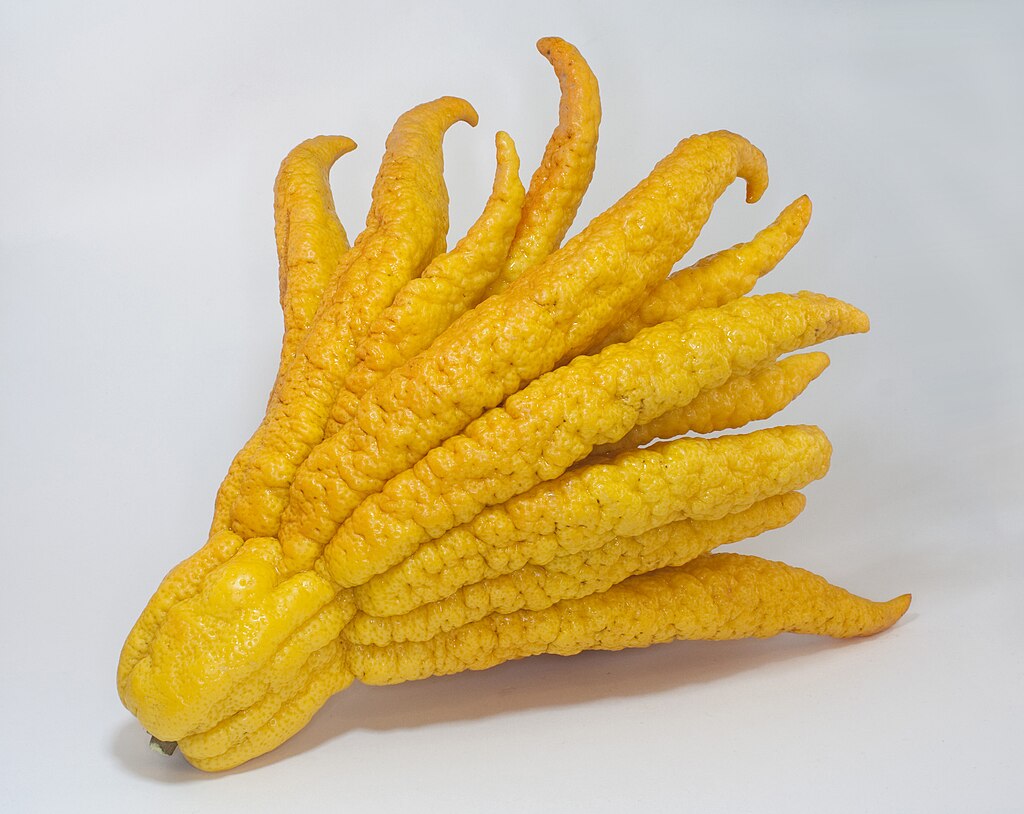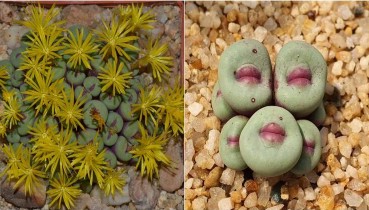

This Citron Called Buddha’s Hand Looks like a Giant Lumpy Lemon With Fingers and Smells Like Heaven
Meet he Edward Scissorhands of the citrus family. Yes, it’s edible, before you ask.

Have you ever seen a fruit that looks like a lumpy lemon with fingers? If you have, then you probably encountered a Buddha’s hand citron (Citrus medica var. sarcodactylis), also called the fingered citron, one of the most unusual and fragrant citrus fruits in the world. It has a long history of cultivation in China and Japan, where it is valued for its symbolic meaning and medicinal properties.
The Buddha’s hand citron is a type of citron, a citrus fruit that has a thick rind and very little pulp or juice. The citron is one of the oldest citrus fruits from which all other citrus types developed through natural hybrid speciation or artificial hybridization. It is believed to have originated in India or Southeast Asia.
The Buddha’s hand citron is a special variety of citron that has segments that split at the end, resembling fingers. The number of fingers can vary from a few to more than 20, and they can be straight or curved. The fruit can grow up to 30 cm long and weigh up to 4 kg.

The various cultivars and adaptations of this citron variety create a spectrum ranging from “open-hand” varieties with segments that spread outward to “closed-hand” varieties where the fingers remain closely packed together. Additionally, there are fruits with partially fused basal sides and segmented apical sides, creating a half-fingered appearance.
The Buddha’s hand citron has a very distinctive aroma that is sweet, floral, and lemony. Some people compare it to lavender, jasmine, or bergamot. The fragrance is so strong that it can fill a room with its scent. The fruit is often used as a natural air freshener or perfume, and it can last for several weeks without rotting. The fruit is also edible, although it has no juice or pulp. The rind can be candied, zested, or sliced and added to salads, desserts, or drinks. The rind contains essential oils that have antibacterial, antifungal, and anti-inflammatory properties. The fruit is also rich in vitamin C and antioxidants.
The Buddha’s hand citron has a special significance in Chinese and Japanese culture, where it is associated with happiness, longevity, and good fortune. The fruit is often displayed as an offering in temples or as a decoration during the Lunar New Year. The fruit’s name comes from its resemblance to the hand of Buddha, which is often depicted with long fingers in a gesture of blessing. The fruit is also considered a symbol of harmony, as the fingers represent the unity of the five elements: wood, fire, earth, metal, and water.
If you are curious about this amazing fruit and want to experience its heavenly smell for yourself, you can find it in some specialty stores or online (it runs at about $24 per pound). You can also grow your own Buddha’s hand citron tree if you have a sunny spot and a large pot. The tree is evergreen and produces flowers and fruits throughout the year. The fruit usually ripens in winter and can be harvested when the fingers are fully formed and yellow.
Recommended Videos
 The thick-billed green pigeon (Treron curvirostra) is a species of bird in the family Columbidae.422 views
The thick-billed green pigeon (Treron curvirostra) is a species of bird in the family Columbidae.422 views Man Photographs a Real-Life “Angry Bird” Right in His Own Backyard136 views
Man Photographs a Real-Life “Angry Bird” Right in His Own Backyard136 views-
Advertisements
 40+ Bizarre Photos That Define The "Meanwhile In Russia" Joke Everyone's Making363 views
40+ Bizarre Photos That Define The "Meanwhile In Russia" Joke Everyone's Making363 views University Mathematician Decodes The Crop Circle With A Binary Code & Extraterrestrial Face281 views
University Mathematician Decodes The Crop Circle With A Binary Code & Extraterrestrial Face281 views 10 Oldest Trees in the World32144 views
10 Oldest Trees in the World32144 views Cosquer Cave: Only Known Underwater Cave From The Stone Age40 views
Cosquer Cave: Only Known Underwater Cave From The Stone Age40 views The Jewel Caterpillar (Minacraga argentata) of Ecuador209 views
The Jewel Caterpillar (Minacraga argentata) of Ecuador209 views 20 Random Photos That Will Make You Roll In The Aisles4102 views
20 Random Photos That Will Make You Roll In The Aisles4102 views



